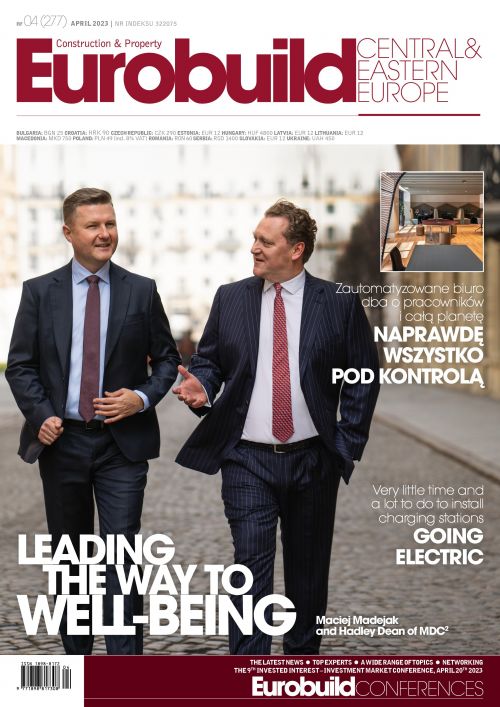According to the Czech Real Estate Market Outlook 2023 report by Cushman & Wakefield, by Q4 2022 the Czech economy had bounced back after the pandemic. This was driven by rising investment, industrial production and exports. Household consumption, however, remained largely stagnant. Increased production and exports are expected to support the economy over the near term. The country’s economic growth for 2022 is estimated by Moody’s Analytics at 2.6 pct, while its forecast of 0 pct GDP growth for 2023 is now likely to be revised upwards. According to CBRE, the Czech Republic saw a sharp upswing in consumer prices in the summer of 2022, with the consumer price index rising to 15.1 pct for the year. These price rises have now begun to abate, but inflation is expected to remain far above its historical average for some time. In response to the increase in inflation, the Czech central bank has raised interest rates, which are not expected to fall significantly until 2024.
T































































